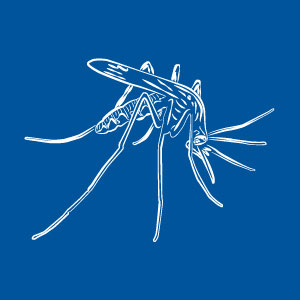
This objective includes the sociology, entomology, malocology, parasitology and modelling components of the study.
The sociology component aims to determine how prevalent malaria infection is and to determine the economic costs of this burden, i.e. how much income is lost due to malaria and schistosomiasis. This component involves household surveys and questionnaires.
The entomology component studies mosquitos, the malacology component studies snails, and the parasitology component investigates the disease parasites that cause malaria and schistosomiasis. These entomology, malacology and parasitology components include trapping and sampling mosquitos and snails to determine whether the mosquitos carry malaria and if the snails carry schistosomiasis parasites. Additional studies are undertaken to further understand how schistosomiasis is transmitted to humans in these areas. Laboratory experiments are also done to determine the influence of temperature on mosquitos and snails.
Geographic information systems (GIS) and remote sensing (RS) are used to record the distribution of mosquitos and snails and map where malaria and schistosomiasis are found. This will show their distribution variations across different climatic zones in the study area. Data on climate factors (precipitation, temperature, wind) will be collected from existing national meteorological databases. This is used together with resources from the International Research Institute for Climate and Society to determine climate trends over time. The data showing where the mosquitos, snails and disease parasites are located is then combined with the climate data. Statistical studies are then conducted to determine the influence of climatic factors on the burden of malaria and schistosomiasis. This is used to develop predictive models across time and area.
The research will result in a number of desired outcomes. The burden of malaria and the economic costs for households affected by malaria and schistosomiasis will be quantified. The prevalence and intensity of schistosomiasis and malaria will be known and the transmission dynamics of schistosomiasis will be understood. The effect of climate change on malaria and schistosomiasis will also be predicted based on the models developed.
